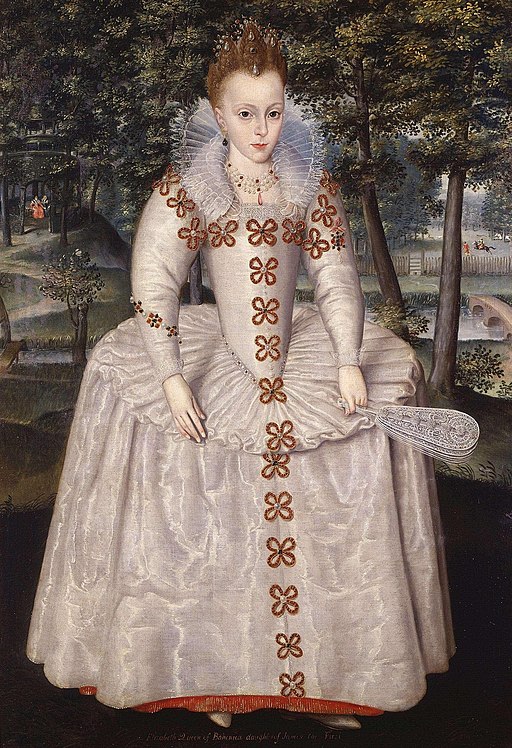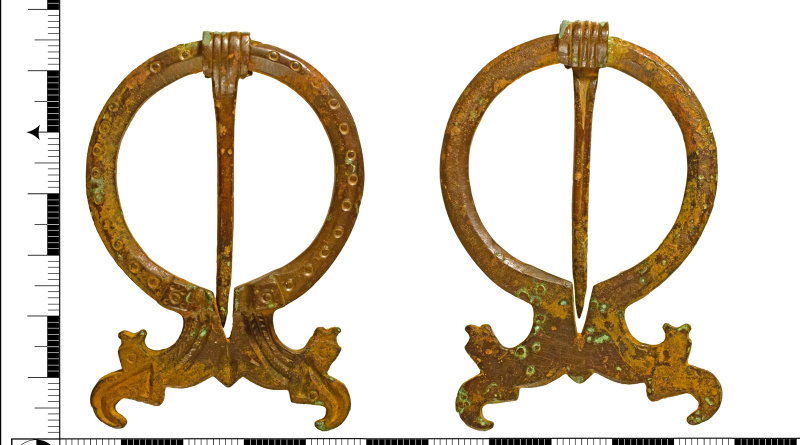PAS Finds (w/e 7/7/23) – Harington
My selection of the detecting finds recorded at the PAS in the week ended 7 July 2023.
Featured Find
Silver farthing of James I
This silver farthing of James I was unearthed in 2016 but was only recorded at the PAS in July 2023. It is considered a Find of National Importance.
Although this farthing has the same design as a copper farthing of James I, it is larger and made of silver and therefore not intended for circulation. It was perhaps a presentation piece to show the king or for those with an interest in the production of the copper farthings. It would have been struck in very small quantities.1
Need for copper farthings
When James I became king of England in 1603, the coinage here was still silver or gold. The problem of using precious metal for day to day transactions involving fractions of a penny is that you end up with very small and light pieces of metal which are easily lost. James had already introduced copper coinage to Scotland at the end of the 16th century but it wasn’t until 1613 that he decided to introduce the copper farthing in England.
He decided to outsource the production of farthings instead of using the royal mint in a curious tale of a Baron and a Princess.
Baron Harington of Exton and Princess Elizabeth
On 19 May 1613, King James awarded the first patent for the production of copper farthings to John Harrington, Baron of Exton. The coins became known as “haringtons”. It seems that James awarded the patent to Harington to recompense for the cost of looking after his daughter Elizabeth (who was the intended queen, at the age of 9, had the Gunpowder Plot of 1605 succeeded). As anyone who has had a princess in their house will know, their upkeep isn’t cheap.

Image from English Travellers of the Renaissance, by Clare Howard

by Robert Peake the Elder 1603
Under the original draft of the patent, Harington was to receive half of the profit but on learning that the patent was worth £60,000, James decided to reduce this to £25,000 and keep the rest for himself2. Only a few months later, on 23 August 1613, Harington died. At his death, his estate was burdened with £30,000 worth of debts due on Princess Elizabeth’s account; the last six months alone showed a deficit of over £3,560.3 So it seems Harington was a bit short changed.
The patent passed to Harington’s son, also called John. He died of smallpox in February the following year and the patent then passed to his mother. The transfer to Lady Harington was confirmed in a proclamation dated 21 June 1614. There was still the debts from princess Elizabeth to pay for and little profit yet from the production of farthings. So, one week later, Lady Harington sold the patent to Ludwick, Duke of Lennox, who had wanted the patent from the start. The later farthings which he produced were known as “Lennoxes”.
Both the Haringtons and Lennox had various partners and subcontractors any one of whom may have been the recipient of this silver farthing.




